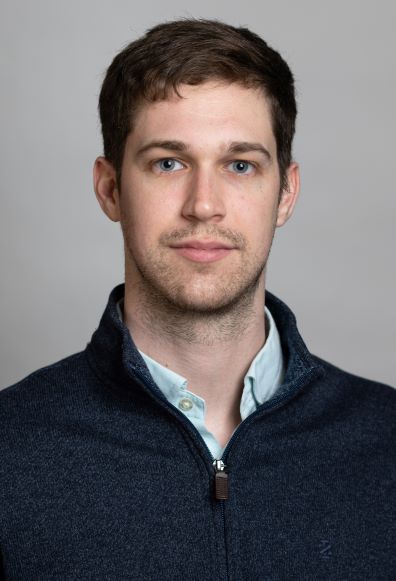Analyzing the role of the fusome in symmetry breaking during gametogenesis

Proper development and growth of all organisms requires biological decisions that are precisely defined spatially and temporally. In many cases, these processes arise from the breaking of some symmetry, creating new structures essential for continued development. Throughout oogenesis and spermatogenesis, many symmetry breaking events must occur to ensure proper formation and patterning of the developing organism. A key feature in Drosophila cyst formation in both cases is the presence of the fusome, a membranous organelle that stretches throughout all cells in the cyst and enables intercellular transport. However, while the presence of this organelle is well-appreciated in developing males and females, systematic quantification of its evolution and structure throughout sperm and egg development has lacked. Here, we use simple mathematical models and image processing tools to analyze three key symmetry breaking events in Drosophila gametogenesis: fusome growth and evolution, oocyte selection, and male germline cyst formation.
Date and Time
Location
Hosts
Registration
-
 Add Event to Calendar
Add Event to Calendar
Speakers
 Dr. Rocky Diegmiller of Duke University
Dr. Rocky Diegmiller of Duke University
Biography:
Dr. Rocky Diegmiller is an incoming postdoctoral associate in the Department of Cell Biology at Duke University. He completed his undergraduate degree in Chemical and Biomolecular Engineering and Mathematics at the University of Pennsylvania, his MASt in Applied Mathematics at the University of Cambridge, and his PhD in Chemical and Biological Engineering at Princeton University. His graduate research in the Shvartsman Lab at Princeton centered on symmetry breaking events in cells and cell networks, focusing primarily on computational and mathematical approaches for analyzing early developmental processes in Drosophila melanogaster, the common fruit fly.

